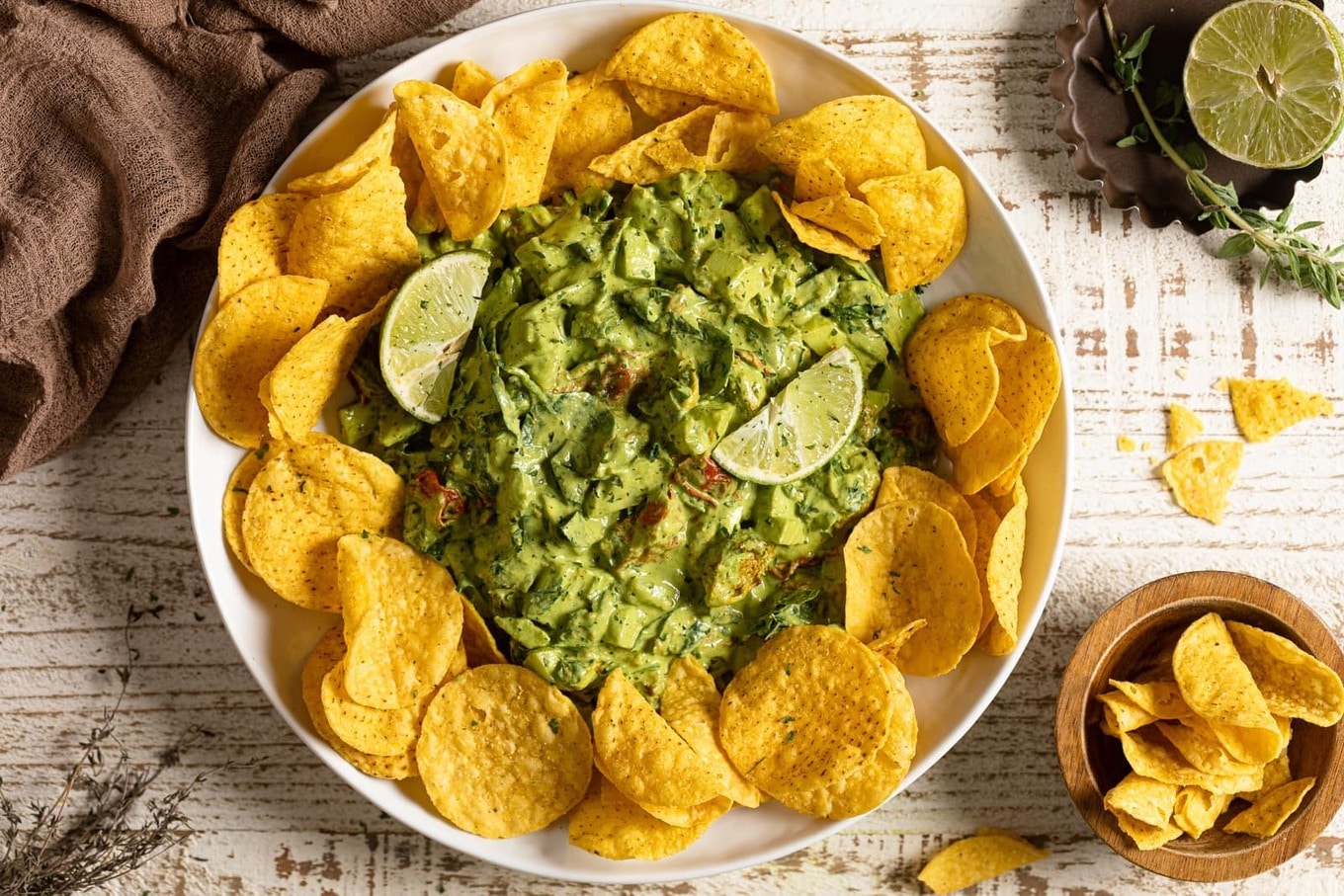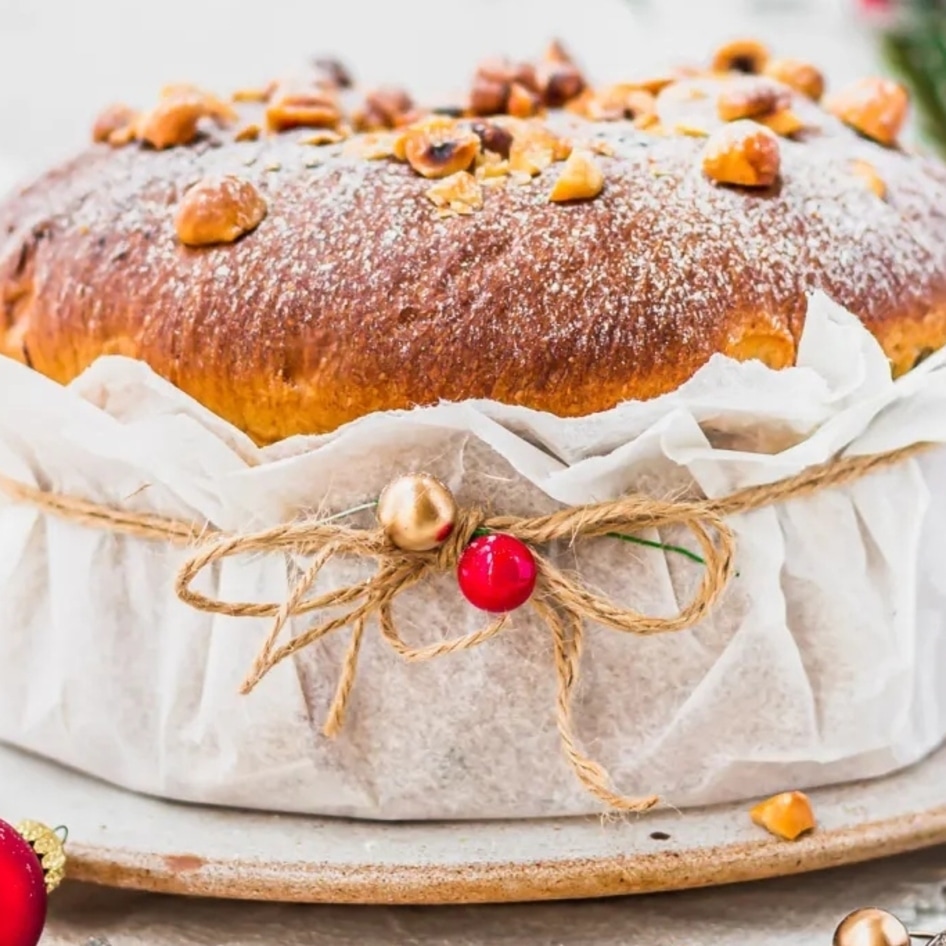If you’re hosting friends this summer, arguably one of the simplest ways to impress has to be with a beautifully presented crudité platter. While a dish consisting of chopped raw vegetables might not initially sound that exciting, this French appetizer can be elegant, tasty, and visually appealing—as long as you pay close attention to the details. Interested to learn more? Find our top tips for mastering the art of crudité below.
What is crudité?
Crudité simply refers to a selection of raw vegetables that are typically served as an appetizer or snack (it’s a French term that literally translates to “rawness” or “raw things”). They’re a popular choice for gatherings and events and typically include vegetables like carrots, celery, cucumber, bell peppers (often in different colors), radishes, cherry tomatoes, and sometimes blanched vegetables like asparagus or broccoli.
That said, there are no rules when it comes to the type of vegetables you can include in your crudité platter. Sugar snap peas, baby corn, and endive leaves, for example, would also look and taste great. The vegetables are often (but not always) centered around a dip. This platter from Love & Lemons features a homemade lemony white bean dip, for example, while this recipe from Ordinary Vegan centers around creamy vegan ranch dressing.
 Love & Lemons
Love & Lemons
What is the difference between a crudité and a veggie tray?
There isn’t a huge amount of difference between a crudité platter and a veggie tray, and for that reason, they are often used interchangeably. However, it’s worth pointing out that the term “veggie tray” could be used to describe a platter or tray that includes a variety of vegetables—it could encompass both raw and sometimes cooked vegetables, for example. Veggie trays might also include options like cheese spreads, yogurt dips, or even salad dressings.
How to master crudité: 5 top tips
Creating a stunning crudité platter is easy, but it does take a little bit of careful preparation. Before you start just throwing raw vegetables on a plate, check out our five top tips below for mastering an impressive, elegant, tasty, and nutritious crudité spread.
 Pexels
Pexels
1 Choose fresh, seasonal vegetables
There’s no point in making a crudité platter that looks good but tastes bland. To get the best flavor out of your ingredients, opt for vegetables that are fresh and in season. Some of the best summer vegetables, for example, include cucumber, tomatoes, and peppers (you can find out more about the best vegetables for summer here!).
2 Pay close attention to presentation
The best crudité platters look aesthetically appealing, but they also include bite-sized vegetables that are easy to eat. Consider the size and type of vegetable before you start cutting and placing. For celery and cucumbers, consider cutting them into sticks or slices, for example, while cherry tomatoes can be left whole or halved. Then, arrange the vegetables in a visually appealing manner, grouping them by type or alternating colors for contrast.
3 Serve with plenty of tasty dips
Often, crudité platters are centered around one or more dips that complement the flavor of the vegetables on the plate. Classic choices include hummus, ranch dressings, or tzatziki, for example. If you’re looking for recipe inspiration, we love this Healthy Vegan Green Goddess Dip, as well as this Vegan Lemony White Bean Dip.
4 Don’t skip over the finer details
A few small simple steps can make a big difference to the quality of your spread. For example, don’t leave the vegetables sitting out for too long. Instead, keep them chilled in the fridge so they’re fresh when you’re ready to serve them. You can also garnish your platter with fresh herbs like parsley or dill for added color and flavor. If you want to go the extra mile, you could even add some pretty edible flowers, too.
 Pexels
Pexels
5 Offer variety with crackers, chips, and breadsticks
Finally, adding some crackers, chips, or breadsticks is a great way to add a little extra texture to your platter. These will also go well with the dips, and will also add a little more variety for your guests to choose from. You could also offer some sliced sourdough on the side, too, which is a great way to keep your guests feeling full and satisfied until the main meal.
For more plant-based stories like this, read:
JUMP TO ... Latest News | Recipes | Guides | Health | Subscribe










